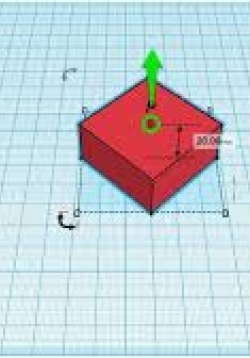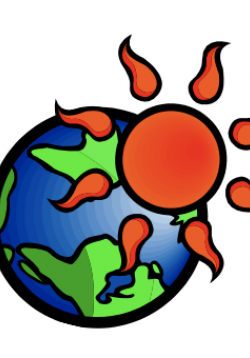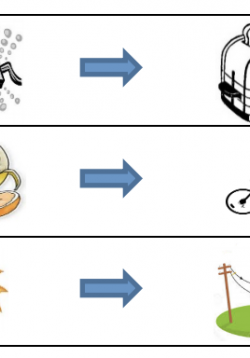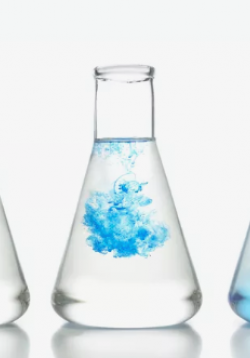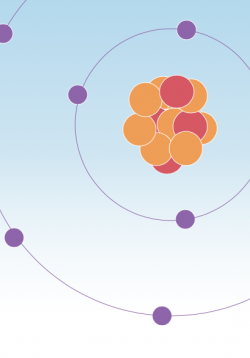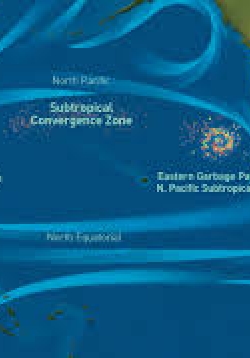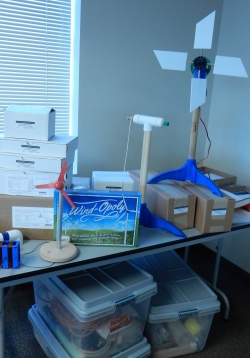TinkerCAD: Introduction to 3D Printing
This lesson is designed to span 5 days with 50-minute sections. After the introduction day, each day the students work toward mastery on the TinkerCAD tutorial online to learn how to create printable 3D models. At the end of the 4 days the students will...

